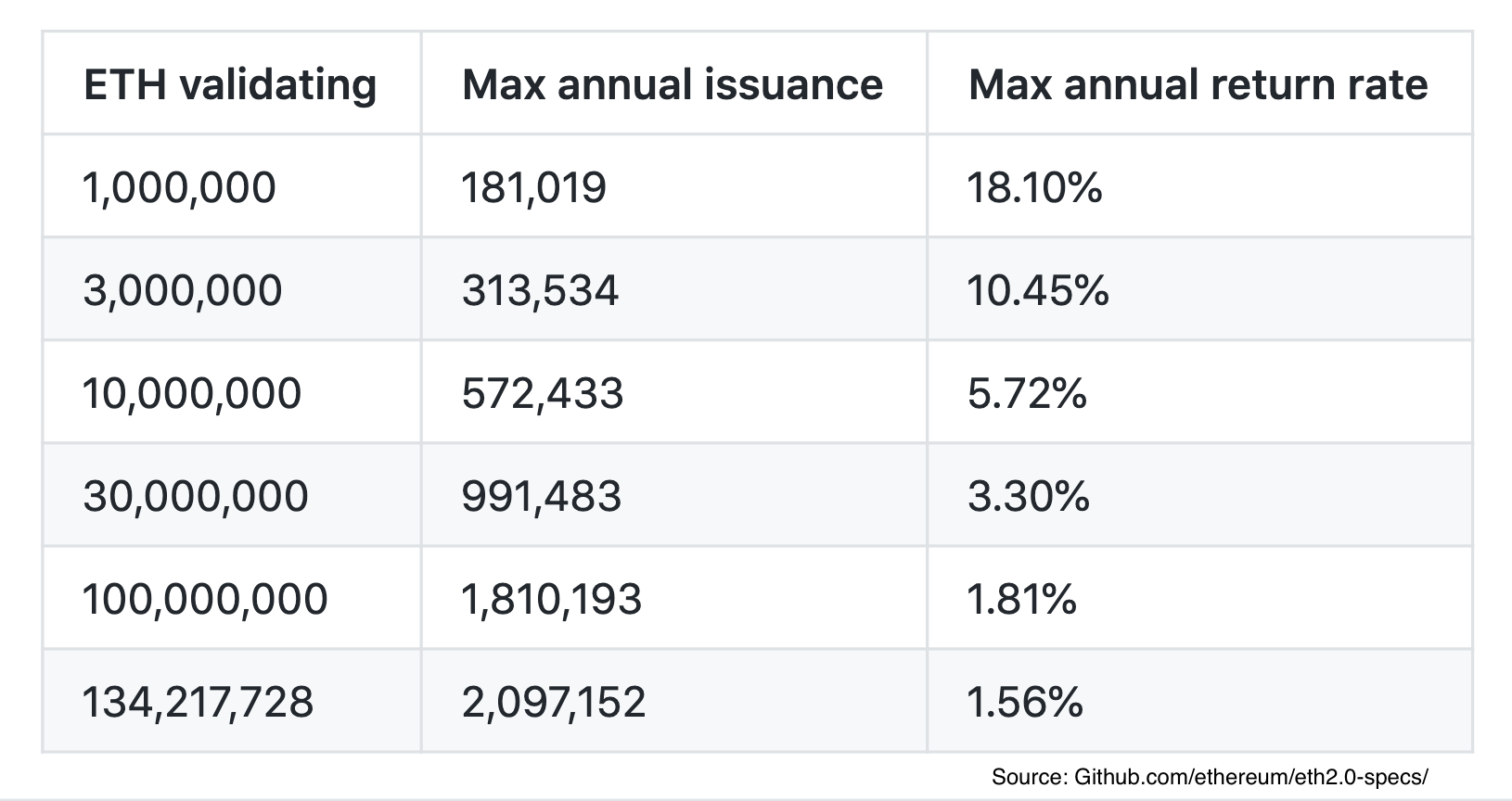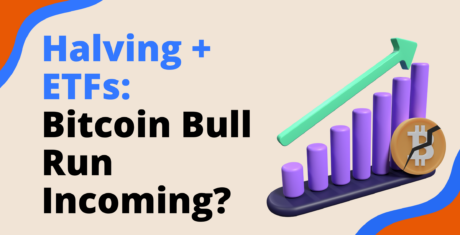What is Ethereum?
Ethereum is a cryptocurrency based on blockchain, that lets people send cryptocurrencies to anyone around the world for a fraction of the cost of traditional banking methods. Like the internet, Ethereum is open-sourced and decentralized, so it’s not controlled by any government entity.
Ethereum has a native digital currency called Ether (ETH). Ether is primarily used for two purposes: to use as digital money, like Bitcoin, and to be used inside Ethereum to run applications and pay for work provided by the network. But what makes Ethereum special compared to Bitcoin is that it’s programmable. This programmability comes from smart contracts that were built into the code at its inception. These smart contracts allow Ethereum to provide far more use cases than other cryptocurrencies.
Smart contracts enable developers to build applications on top of the Ethereum blockchain network. They are essentially automated if-then statements that allow users worldwide to exchange something of value. The item in question could be as simple as money, like Bitcoin, but it can also be ownership over land or a piece of content. Smart contracts allow developers to build and deploy their apps on the Ethereum network, known as decentralized applications.
While this isn’t too different from traditional transaction methods, what’s different on Ethereum is that the entire process occurs without a third party’s control. Smart contracts are generally between the issuer and the recipient. There’s no need to involve a lawyer or governmental figure in any case. If the agreed-upon outcome is never met, then everyone receives a refund. The blockchain records each contract, serving as historical proof such an agreement was made. Ethereum’s benefits have various use cases, as seen by the multitude of dApps and projects built on the platform like DeFi and stablecoins.
What is Ethereum Used for?
There are many use cases for Ethereum, not only for just investing. The smart contract and dApps technology of Ethereum open up a dramatic opening up a world of creative development.
Decentralized Finance (DeFi)
Decentralized finance, or DeFi, is the act of removing traditional banking institutions between two parties and enabling direct, peer-to-peer financial transactions to occur. With DeFi, consumers can seamlessly lend and borrow loans peer-to-peer without middlemen like banks. These collateralized loans enable through Ethereum’s powerful smart contracts and don’t require any background checks or lengthy borrower contracts to set up. It’s nearly instant and the interest rates are generally far better for the lender and borrower without the middle man. The DeFi total value locked is over 80 Billion dollars and is growing.
Stablecoins
Stablecoins are cryptocurrencies where their value remains fixed to another currency, general the US Dollar. They offer the stability of the dollar while providing the speed and other benefits of cryptocurrencies. Tether, a leading stablecoin, is built on Ethereum. There are countless other stablecoins on the market today, typically built on Ethereum.
Token Offerings (ICOs/ISOs/IEOs)
As a platform for developers, Ethereum provides business creators with fundraising in the form of token offerings such as Initial Coin Offerings (ICOs), Initial Security Offerings (ISOs), and Initial Exchange Offerings (IEOs). While these have been controversial, the concept exploded in 2017, reaching billions in initial token sales, by enabling an entirely new world of peer-to-peer funding through a token. Ethereum might be second to Bitcoin in terms of market cap, but it’s aiming for much more.
Non-Fungible Tokens (NFTs)
Ethereum has recently created a standard for tracking digital assets online, NFTs would be a popular example. One of the biggest use cases currently for such tokens is digital artwork and collectibles, as the infrastructure allows for people to prove ownership of scarce digital goods. The majority of cryptocurrency NFTs are run on Ethereum’s blockchain, including NFTs created by the most famous crypto artist, Beeple.
How Ethereum is Different from Bitcoin
While Bitcoin and Ethereum are built on similar technology, they differ in intent. Both are decentralized, and both distribute ledgers of transactions managed in blocks. Each network uses miners to validate those transactions. However, Bitcoin stops at money. While certain apps can plug into the Bitcoin network, they all revolve around streamlining the transfer of value. Ethereum is a solution for everything else. Think of Bitcoin like email and Ethereum like the internet – providing an endless world of possibilities.
One new idea is for users to earn from their usage. Say you make a popular post on an Ethereum-based social media platform. Thanks to the aforementioned smart contracts, you can get paid in Ether for that contribution. Reddit is also allowing people to tip other Reddit users for good community posts with “Bricks” and “Moons,” which are digital points based on Ethereum that can be redeemed for cash. The idea is that the Ether you hold increases in value as you contribute to the network. While significant rewards aren’t here yet, the potential can certainly be seen. It all starts with investing in the network.
Ethereum is Upgrading to 2.0
Starting in November 2020, Ethereum is upgrading its network to make it significantly faster and more secure than it is today.
Today Ethereum runs on a proof-of-work (PoW) consensus algorithm, like Bitcoin. In its upcoming upgrade to 2.0, Ethereum is moving away from PoW due to its significant energy consumption and instead of upgrading to a proof-of-stake (PoS) consensus algorithm. Here, users are given the privilege of validating transactions, based on how much Ethereum they have staked in the network. The more they stake, the more say the user has in the future of the network.
Stakers, sometimes known as validators, help validate the network and are rewarded for their efforts with ETH. While this upgrade is important for scalability reasons, the potential to earn interest is very exciting for many users. More users are taking advantage of DeFi dApps on Ethereum. That usage is congesting the network and put bluntly, costing users a ton in power fees. The current state of Ethereum can only process 30 transactions a second, and mining isn’t earning its users nearly as much as it used to.
The proof of stake consensus algorithm could eventually allow for a whopping 100,000 transactions a second. It will also be more secure due to a significant amount of validators – 16,384, to be precise. While validators’ inclusion might appear to make the network more centralized, a considerable number of them prove otherwise. And, as mentioned, possibly the greatest reason Ethereum 2.0 will benefit investors is that participating in staking will generate more Ethereum as rewards.
Ethereum plans to launch its 2.0 upgrade in three phases, phase 0 (Staking, starting in November 2020), Phase 1 (sharding), and Phase 2 (finality). Each phase will give benefits to investors, including enhanced security and the ability to earn interest via staking. At this point, the Ethereum 2.0 network should hit 100,000 transactions per second, bringing it way above Visa’s 24,000 transactions a second. This will be due in part to the shard chains and, in part, to the proof-of-stake consensus algorithm. Ethereum’s upgrade could be complete as soon as the end of 2021.
Earn Interest with Ethereum
The process to invest in Ethereum is as follows: validators on Ethereum 2.0 will passively earn interest based on their stake. Essentially, the more ETH the validator stakes, the more they’re contributing to the network, and the more they’re earning in interest (32 ETH minimum is needed). That stake remains relevant if the validator participates in at least 50% of network activities. Essentially, their computer remains connected to the network, and they participate in votes on the platform.
You don’t even need to keep adding ETH after the 32 to continue earning interest, either. Interest earned, of course, depends on the amount staked and the price of Ethereum. For example, staking 1 ETH will earn 0.90% interest on the month. Staking 25 ETH will earn 10.40% annually, according to the official Ethereum 2.0 calculator. Staking ETH is similar to owning a savings account. Your base amount will appreciate over time, based on the account’s interest rate, but only if you leave the money alone.
Adding more will, of course, increase the interest you can earn.
Our platform at BitcoinIRA plans to offer staking for their retirement accounts shortly.
Ethereum Price Predictions
So with the new upgrade to Ethereum 2, the hyper-growth of DeFi, and stablecoins using Ethereum, can Ethereum’s price reach $5,000 or more in a few years? According to experts, the answers are yes. Check out our other popular article on Ethereum price predictions.
Ethereum plans to be the blockchain platform of the future. All of its upgrades are working toward bringing more value to those who invest in the platform. But only those who stake will see the ability to do so, at least for the near future. Fortunately, we can help. Our platform is in place to help you learn, invest, and earn Ethereum for your IRA portfolio.








 3,500+ 5-Star Reviews
3,500+ 5-Star Reviews